My Turn: Say no to the MCAS
| Published: 03-14-2023 3:43 PM |
The MCAS are set to begin in two weeks, and though you won’t hear much comment from teachers or administrators (because they are afraid of being punished for speaking out), there is great concern about the harm the tests do, particularly to students who are second language learners, those with learning challenges, students of color and those living in poverty, and those whose strengths are not in reading or math.
These tests come out of the racist eugenics movement and are designed to show that some populations are more intelligent than others, which is a total lie. Success on the tests is most correlated with family and neighborhood income, with school resources, and on a match between home and school culture. Intelligence has little to do with it.
Consider this excerpt from the third grade English Language Arts test offered last spring. This excerpt is roughly half of the full reading passage, which is only one of many passages and questions included in the test. The test is aimed at 8- and 9-year-olds yet it is written at a fifth/sixth grade level. You can see the whole reading passage and the many pages of questions based on the passage online at www.doe.mass.edu/mcas/2022/release/.
How the Forest Grew:
1. Have you ever wondered where forests come from, and how they grow? This story is about a hardwood forest in Massachusetts, though it could be about a forest anywhere because most forests grow the same way. To find out how this Massachusetts forest grew, we must go back in time to see how the forestland looked two hundred years ago.
2. Back then, the land was open and green. But the farmer and his family who owned the land and had cleared it, moved away.
3. Changes began. The wind blew seeds across the fields. Birds dropped seeds from the air. The sun warmed the seeds, the rain watered them, and they grew.
4. In a few years the land was filled with weeds — with dandelions, goldenrod, chickweed, milkweed, ragweed, and black-eyed Susans. Each spring new plants took root. The land began to look different. Burdock and briars grew among the weeds, making the land moist and brushy.
Article continues after...
Yesterday's Most Read Articles
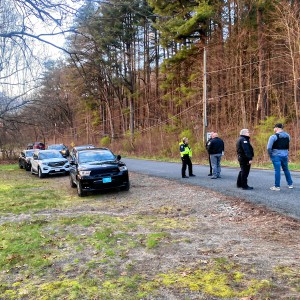 Police report details grisly crime scene in Greenfield
Police report details grisly crime scene in Greenfield
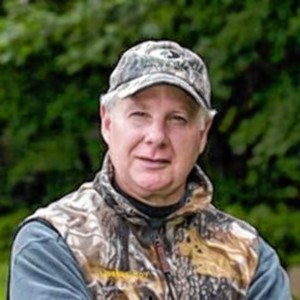 On The Ridge with Joe Judd: What time should you turkey hunt?
On The Ridge with Joe Judd: What time should you turkey hunt?
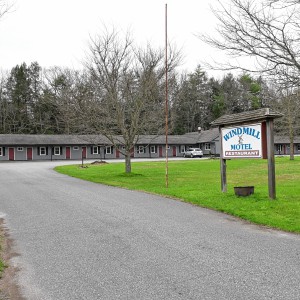 New buyer of Bernardston’s Windmill Motel looks to resell it, attorney says
New buyer of Bernardston’s Windmill Motel looks to resell it, attorney says
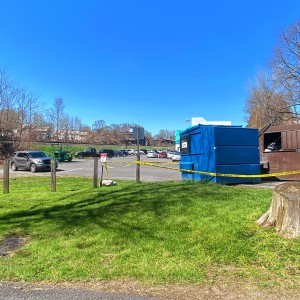 Greenfield man arrested in New York on murder charge
Greenfield man arrested in New York on murder charge
 Man allegedly steals $100K worth of items from Northampton, South Deerfield businesses
Man allegedly steals $100K worth of items from Northampton, South Deerfield businesses
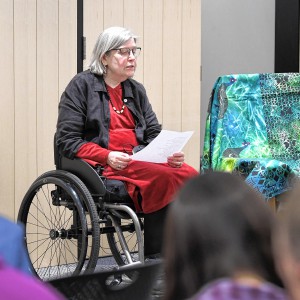 Joannah Whitney of Greenfield wins 33rd annual Poet’s Seat Poetry Contest
Joannah Whitney of Greenfield wins 33rd annual Poet’s Seat Poetry Contest
5. Blackberries grew, and birds came to eat them — song sparrows, bobolinks, and catbirds. Meadow mice and cottontail rabbits made their nests in the tall grass. Woodchucks, moles, and shrews dug their tunnels in the ground. Snakes came to feed on the small animals. Hawks and owls hunted over the land for their food.
6. Time passed.
7. And then one summer five years after the farm family left, a white pine seedling sprouted. The white pine is a sun-loving tree. The wind had blown its seed from a nearby forest, and the seed sprouted in the full sunlight.
8. That same summer more white pine seedlings sprouted. The land was speckled with tiny dots of green. Year after year, through weeds and low brush, the little trees pushed their way up. Tree scientists call the first trees that take hold on a piece of land pioneer trees. And that is what these white pines were.
9. As the pine trees grew, brush-dwelling birds moved onto the land, replacing the field dwellers. Weasels and foxes who caught mice, rabbits, and birds moved in, too.
10. Twenty years after the first pine seedling sprouted, the land was covered with white pines. Their branches blocked the sun’s rays. The old weeds and grasses died from want of light. When new white pine seedlings tried to grow, they couldn’t get sunlight and they died.
The full passage is followed by page after page of questions posed by the test makers. Those questions are then followed by the next passage, and then page after page of questions about it.
There is no room in this process for the child’s actual thoughts about the piece, the questions they may have about it, or any room for them to explain why they have answered as they have. This whole process violates everything we know about the teaching of reading and creates a climate of stress and, for some, trauma while offering nothing of value to the child or the teacher.
Consider opting your children out of the tests. Write a note to your building principal and teacher saying you are opting your child out of the tests. No explanation is required. Protect your children and say no to the MCAS, which is harming our children and public education.
Doug Selwyn of Greenfield is a retired educator and a member of the Franklin County Continuing the Political Revolution education task force.

 My Turn: A moral justification for civil disobedience to abortion bans
My Turn: A moral justification for civil disobedience to abortion bans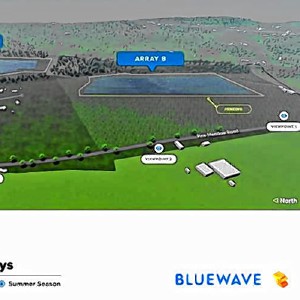 My Turn: Industrial solar installations are overwhelming Northfield neighborhood
My Turn: Industrial solar installations are overwhelming Northfield neighborhood Guest columnist Rudy Perkins: Dangerous resolution on Iran
Guest columnist Rudy Perkins: Dangerous resolution on Iran Guest columnists Ellen Attaliades and Lynn Ireland: Housing crisis is fueling the human services crisis
Guest columnists Ellen Attaliades and Lynn Ireland: Housing crisis is fueling the human services crisis
